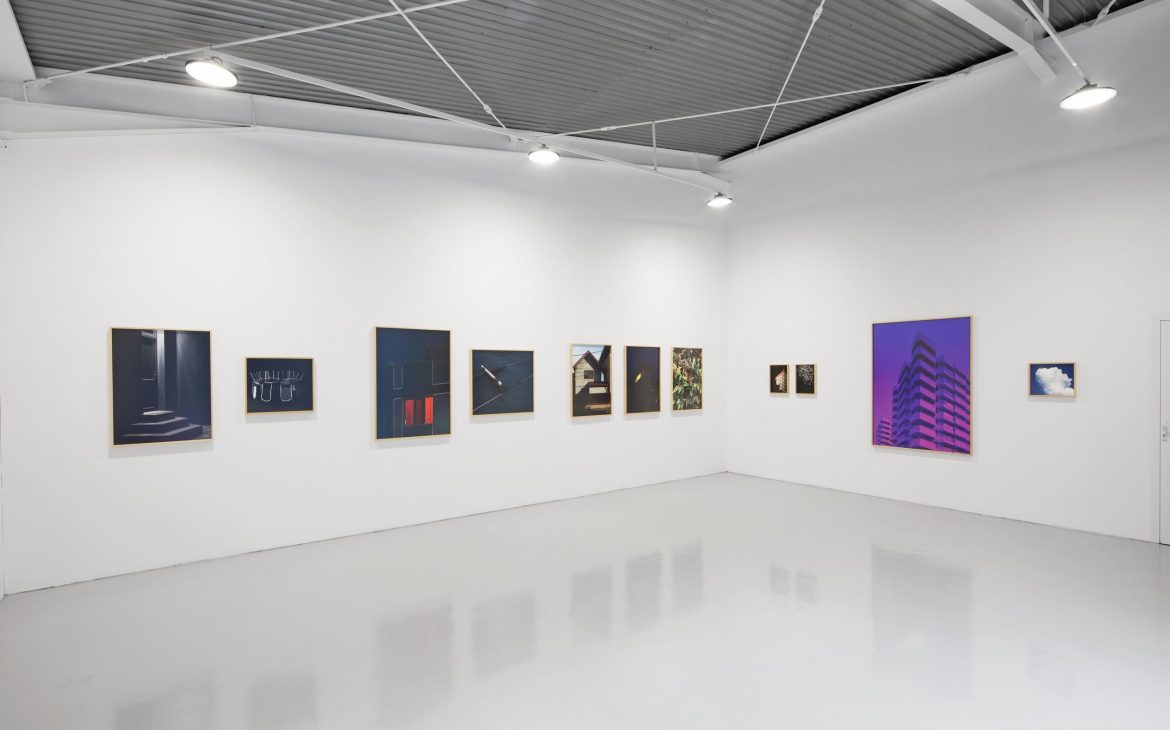Un article written by Diana URSAN
* This article starts from research I undertook for my doctoral thesis, defended in 2020 at the Bucharest National University of Arts, Scena și piața artei contemporane românești între 2000-2020 în contextual (post)globalizării: o analiză a lumilor artei din sectorul privat [The Romanian Contemporary Art Scene and Market between 2000-2020 in the Context of (Post)Globalization: An Analysis of the Artworlds in the Private Sector].
The contemporary art market is a complex topic that can be tackled from multiple points of view besides the usual quantitative one based on statistics and reports. From a sociological perspective, it represents a flexible network of multiple participants – artists, intermediaries, specialists, collectors, and institutions – between whom commercial but cultural and informational exchanges take place through a series of specific rituals and interactions within the spectrum of collaboration and competition. Economically speaking, the art market can be primary or secondary. The primary art market encompasses the intermediaries that introduce art objects into the market for the first time – such as private galleries, in which the artworks’ economic and symbolic valorisation takes place – while the secondary market resells previously exchanged objects, as is the case with auction houses, who most often organize spectacular public auctions of artworks from various collections.

These segments and subcategories are necessary to circulate and exchange cultural commodities. The two sectors of the market theoretically represent separate paradigms that may have a neutral relationship, if not even a collaborative one, but which, in practice, often find themselves in disloyal competition with each other. Art galleries contribute directly to the diversity of the art ecosystem by supporting the artists they represent and accumulating symbolic capital, as financial capital is not as much a goal in itself as a means in this long-term plan. At the same time, the secondary market illustrates the capitalist-speculative model that is geared towards maximizing profits.
My academic research, personal experience in the primary market sector, and work in contemporary art galleries in Bucharest have helped me understand how these models of artistic (inter)mediation function. Galleries are physical and symbolic spaces within which contemporary art’s valorisation process occurs. This process is necessary for selecting, publicizing, contextualizing, and communicating artworks in their circulation among an extended, versatile audience specific to the present day. Between being a simple exhibition space and a commercial enterprise, the professional private gallery shows many hybrid varieties.

There are still misunderstandings about what a private, professional contemporary art gallery does on the level of the Romanian contemporary art world. The label “gallery” is loosely applied, mainly based on organizing exhibitions and exhibiting artworks, which are only the most visible of a gallery’s functions. There is also production (the material production of artworks, exhibitions, or the content production of text, discourse), mediation (between artwork, artist, and audience), artwork assessment (economic and symbolic), documentation, archiving, conservation, etc. To differentiate between non-profit galleries and those selling artworks, the latter are casually called “commercial galleries.” However, numerous private “commercial” galleries also manage associations or foundations that run non-profit projects, and vice-versa. A professional private contemporary art gallery would mean a gallery that has been operating for at least one year without interruption, with a physical space exclusively dedicated to its activity, with free entrance and regular visiting hours for the audience (though nomad, pop-up-type projects are also valid, especially after the COVID-19 pandemic, which strongly impacted the accessibility of the cultural scene), with at least four or five exhibition projects a year, with a portfolio of artists they represent, with whom the gallery works closely, and whose works they sell legally and subject to tax.
*The material can be read in its entirety in the first printed issue of Empower Artists Magazine, which is available for purchase online here or in Cărturești and La Doua Bufnițe bookstores.
Cover photo: Real Body, exhibition view, Ivan Gallery, Bucharest, 2021. Credit photo Cătălin Georgescu. Courtsey of the gallery.




